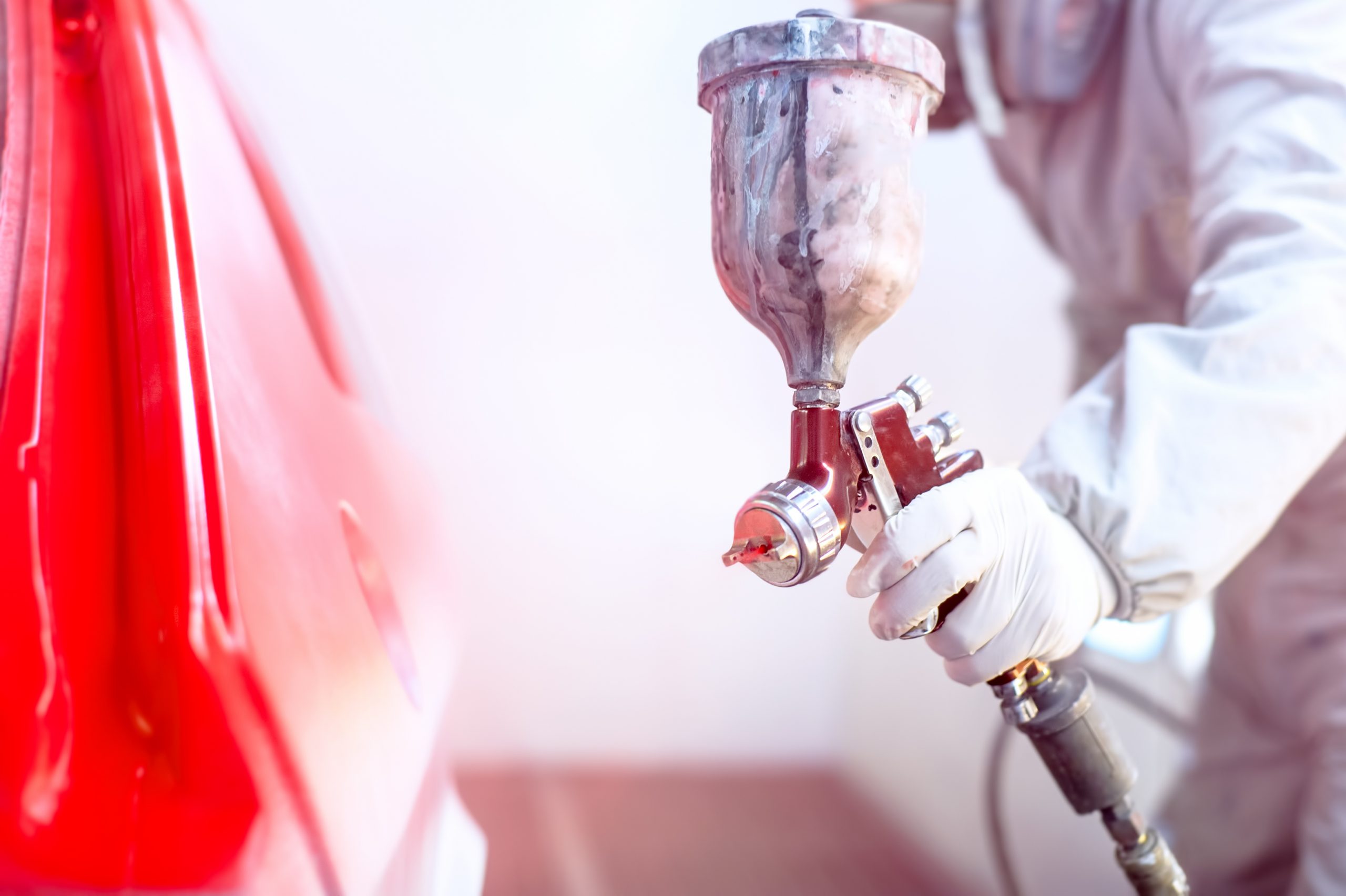Car Sprayer develops occupational asthma

A car retailer operating across the South East of England has been fined after an automotive bodywork sprayer developed occupational asthma.
West Hampshire Magistrates’ Court heard how a car sprayer in Worthing had been spraying using paints that contained isocyanates without adequate controls measures in place. Isocyanates are classed as substances hazardous to health, exposure to which can lead to the development of respiratory conditions such as occupational asthma, which can have serious life-changing effects.
An investigation by the Health and Safety Executive (HSE) found the company had failed to ensure adequate control measures, such as suitable respiratory protective equipment (RPE) were in place to minimise exposure to paints containing isocyanates. As a result employees were being regularly exposed to isocyanates.
The company pleaded guilty to breaching Regulation 7(1) of The Control of Substances Hazardous to Health Regulations 2002 and were fined £120,000 plus £2,657.55 in costs.
Speaking after the hearing, HSE inspector Nicola Pinckney said: “This serious health condition could so easily have been avoided by simply implementing correct control measures and appropriate working practices.
“Controlling employee exposure to hazardous substances is a legal requirement on employers and HSE provides guidance on how control can be achieved.
“Appropriate controls could include use of a spray booth to carry out the paint spraying, use of a suitable air-fed respirator, checks to ensure equipment was adequately maintained and training provided to ensure the employee knew the risks and how to control them.”
When working with potentially hazardous aerosols it is important that you have adequate and appropriate respiratory protection to keep you from harm.
A thorough risk assessment should be undertaken to establish the risks, and training should be given to ensure employees are aware of any potential dangers. If RPE is required, it must be both adequate for the hazard and suitable for the wearer. This includes face fit testing, when tight-fitting RPE is required, and the proper monitoring, cleaning and maintenance of reusable equipment.
For more information on RPE, occupational respiratory hazards, filters and fit testing, get in touch to speak with one of our experts today.

